Port Moody, B.C., officials urge people to stay off mudflats which can act like quicksand
City says, on average, it takes a crew of firefighters 2 hours to rescue someone stuck in the mud
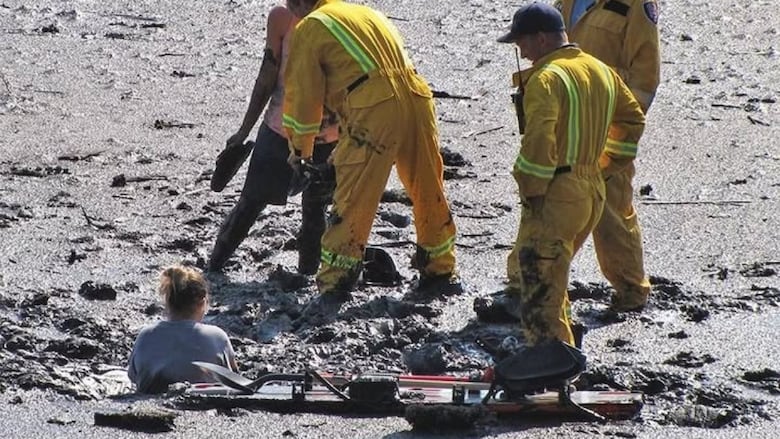
Officials are warning residents to stay off the mudflats in the Port Moody arm of the Burrard Inlet, which can act like quicksand and trap people.
The mudflats are one of the last remaining such areas on the inlet, where mud and sediment are visible when the tide is low, and officials say rescues can be costly and time-consuming.
As the weather warms and more people use the trails around the inlet, the city and firefighters say people should avoid walking on the mudflats, which can appear deceptively firm.
Port Moody Fire Rescue Deputy Chief Mike Cornish said the number of emergency calls to the mudflats increases during late spring and summer.
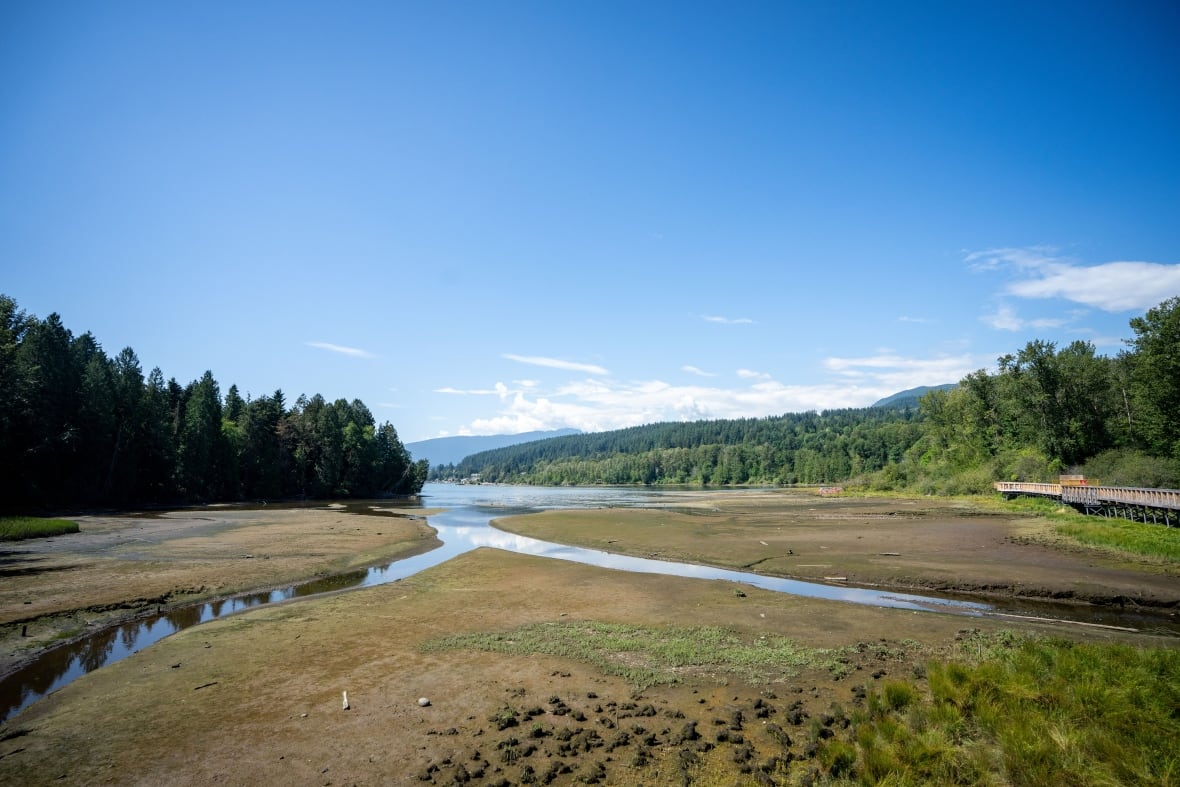
"It takes crews out of their regular response routines for a couple hours, at least, for every rescue," he told CBC News.
"So there's definitely inherent issues with that."
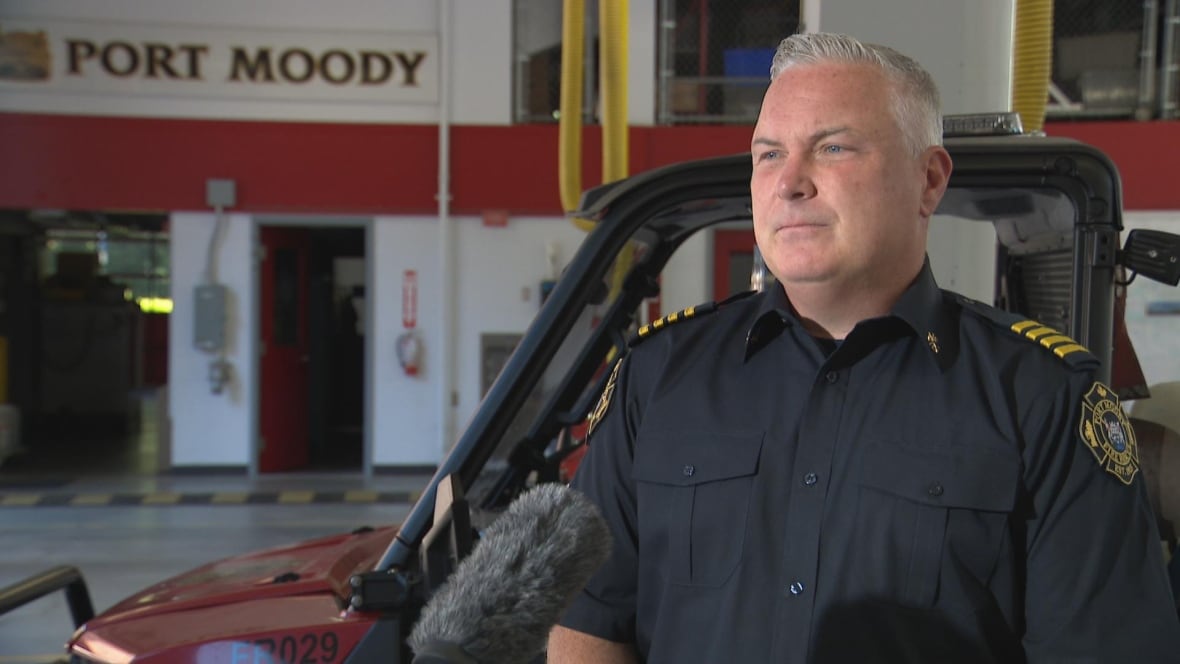
Cornish said that someone who gets stuck in the mudflats during the hotter months can often get dehydrated and become anxious, especially as they struggle to get themselves free.
"We usually have two to three rescues a year [that] we have to perform on the mudflats, depending on the year and how many people are out there," he said.
"But it's kind of been progressing every year with more people visiting the parks."
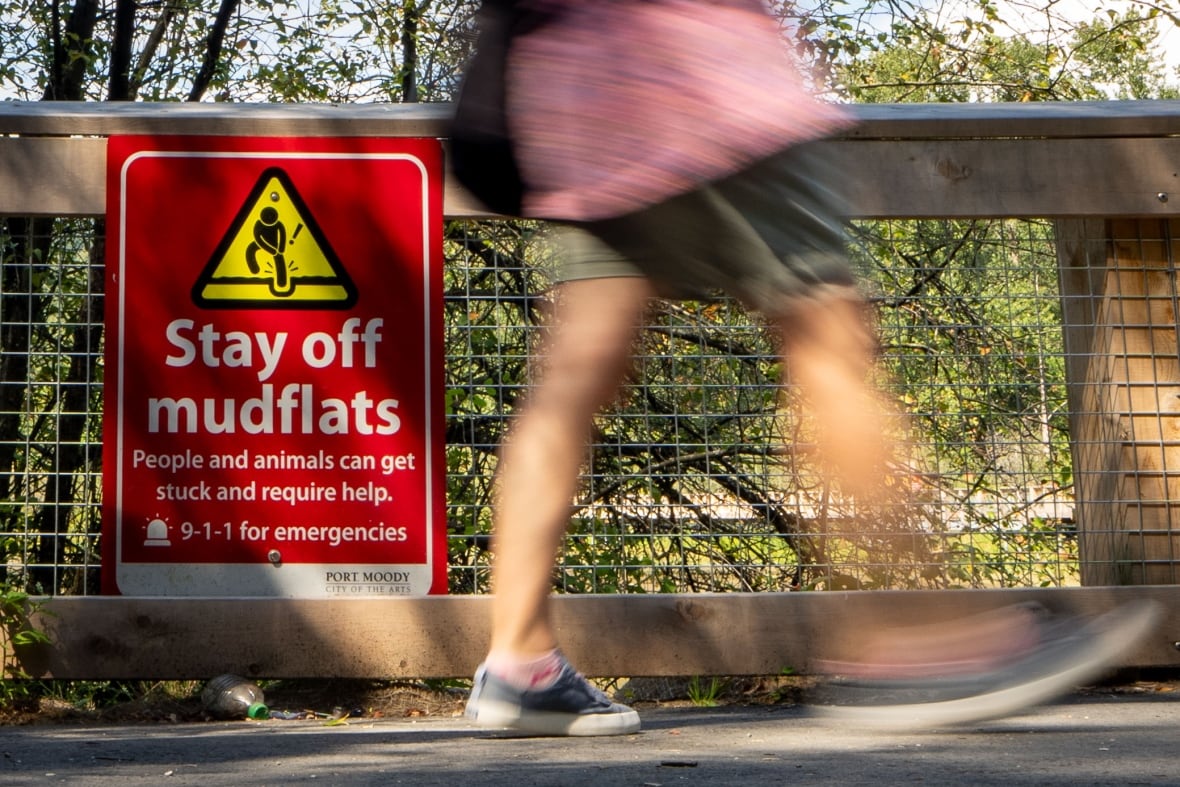
Every time that firefighters are called out to the mudflats, they have to deploy a small vehicle, load it up with equipment and clean up afterwards.
Cornish urged people to follow the signs posted along the trails and not deviate from marked paths.
"The mudflats are nice to look at, but they're more dangerous than they seem to be," the official said.
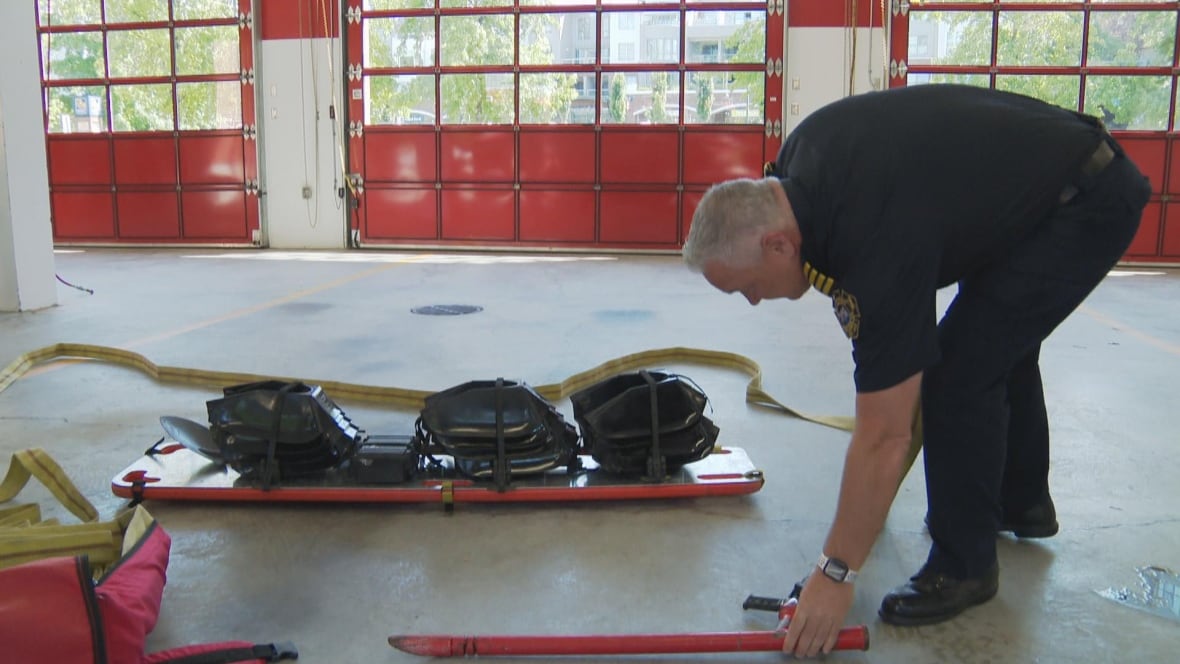
Colin Godwin, a cyclist who was with his dogs on the trail Monday, said that if people were to get stuck in the mudflats when the tide rises, that would be a major problem.
"I've had this dog run away after the birds on the mudflat, and it's a horror show," he said. "You can't go out on the mudflats. You're just bogged down."
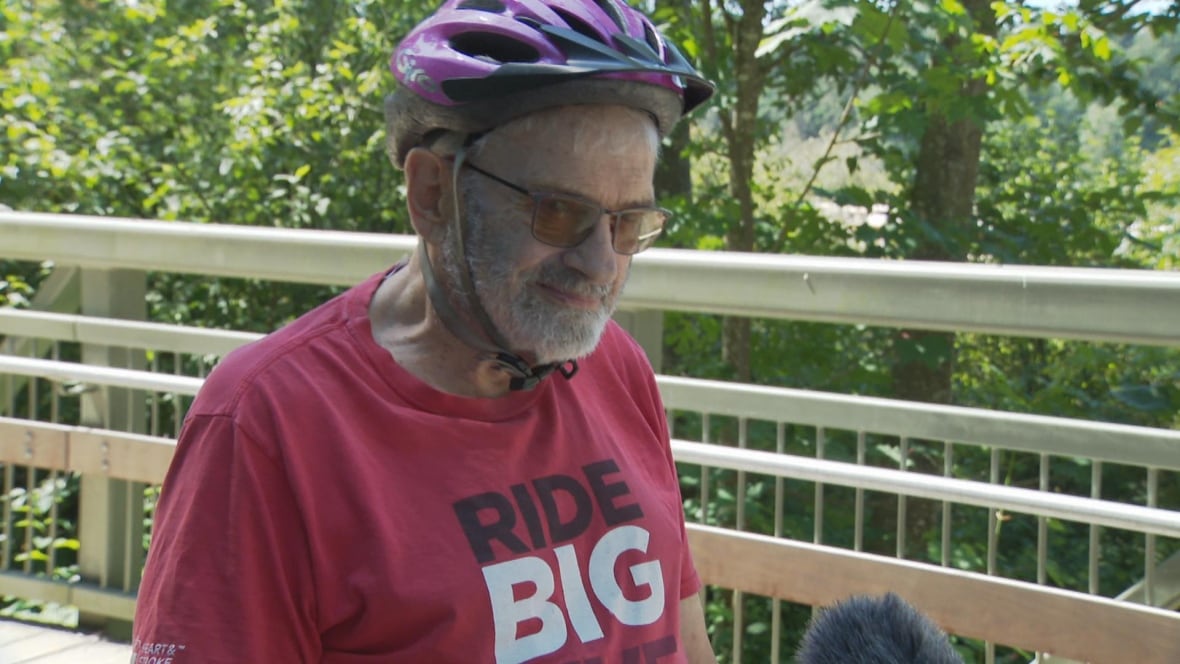
With files from Michelle Morton

